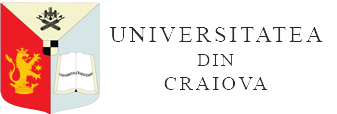THE PUZZLE OF A HORN: AN ETYMOLOGY FOR THE WORD GEMSHORN
DOI:
https://doi.org/10.52846/aucssflingv.v44i1-2.56Keywords:
Prehistoric wind musical instruments, Gemshorn and pifana/pivana, Indo-EuropeanAbstract
This paper is aimed at providing an etymological reconstruction for the word gemshorn (and the term pifana/pivana), which indicates a wind musical instrument, generally considered pastoral or rustic, produced from the horn of an ungulated animal.
The etymological reconstruction proposed in this article allows to postulate prehistoric origins, for the gemshorn, dating back way before the XIV-XV Century, the time in which the folk instrument starts, plausibly, to be attested in Europe, in manuscripts, art, and material culture.
In particular, by delineating a possible Indo-European and, then, Proto-Germanic, proto-form, for the word, it is possible to date it back to at least the Neolithic, and even to the Mesolithic. The term indicating the instrument, after the Common Indo-European stage, would have been only preserved in Germanic languages and in the Germanic context.
The paper is also aimed at showing that the names of some (folk) musical instruments can survive, over time, in oral tradition without being recorded in historical official sources, and that their origins can be, by far, more ancient than the times in which the first attestations of their names in written documents – or their appearance in art and/or in material culture – are findable and recorded.

